The Villa Pisani Garden Maze is located in Stella, Veneto, Italy, about 30 kilometers from Venice. It was built in the 1720s and is the most famous and best-preserved historical maze still existing in Europe. The maze is renowned for its classical symmetrical design and complex paths, receiving over 150,000 visitors annually.
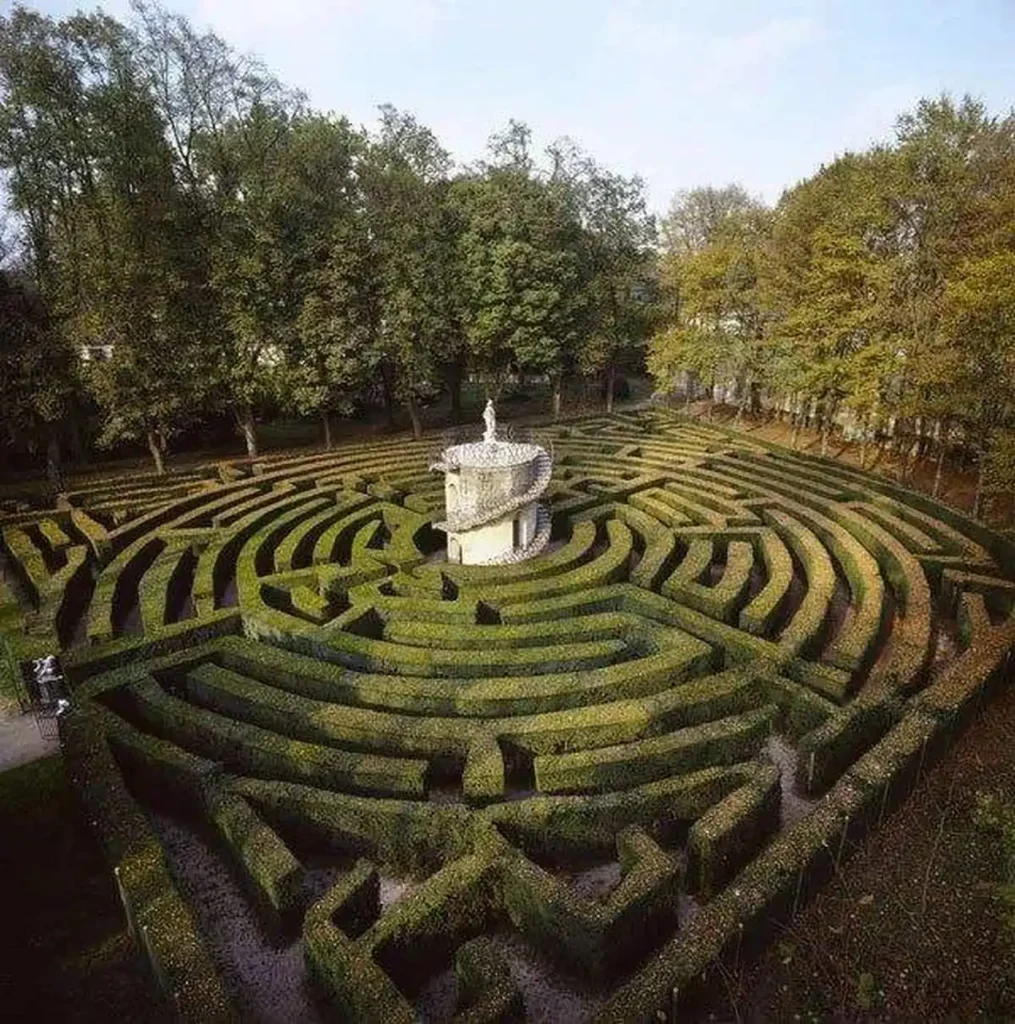
Historical background
The maze was commissioned by the Venetian noble Pisani family and designed by the architect Gerolamo Frigimelica. Originally a family summer retreat garden, it is said that Napoleon got “lost” here around 1807. During World War II, the villa was used as a venue for international conferences and has been a national museum since 1984.
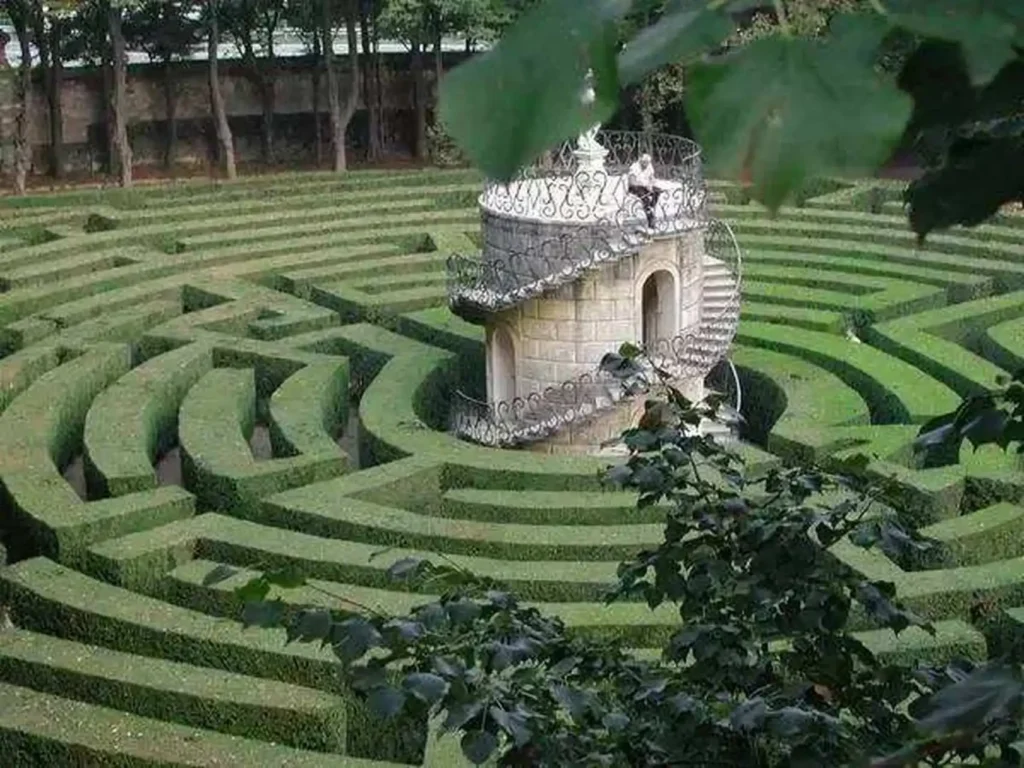
Design and Layout
1. Nine-level concentric hedges (4.5 m high, total path 1.8 km)
The maze covers an area of approximately 1.5 acres (6,000 square meters), and its core structure includes:
2. Central Observation Tower (with a statue of Minerva, the goddess of Wisdom on top)
3. 12 deceptive false outlets (decorated with Roman mythological reliefs)
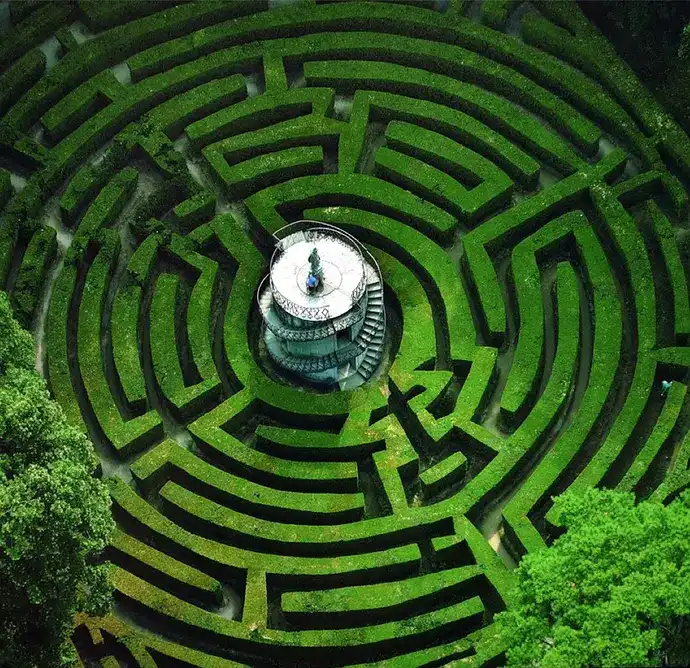
The hedges are made up of 1,600 boxwood trees and are pruned three times a quarter to maintain their shape. The correct path requires passing through seven stone arches, while at the end of the wrong route, there are bronze bells to indicate turning back.
Current situation and activities
It is open all year round (closed on December 25th), with an average of 800 visitors per day during peak season. The average customs clearance time is 40 minutes, and about 20% of tourists rent paper route maps.
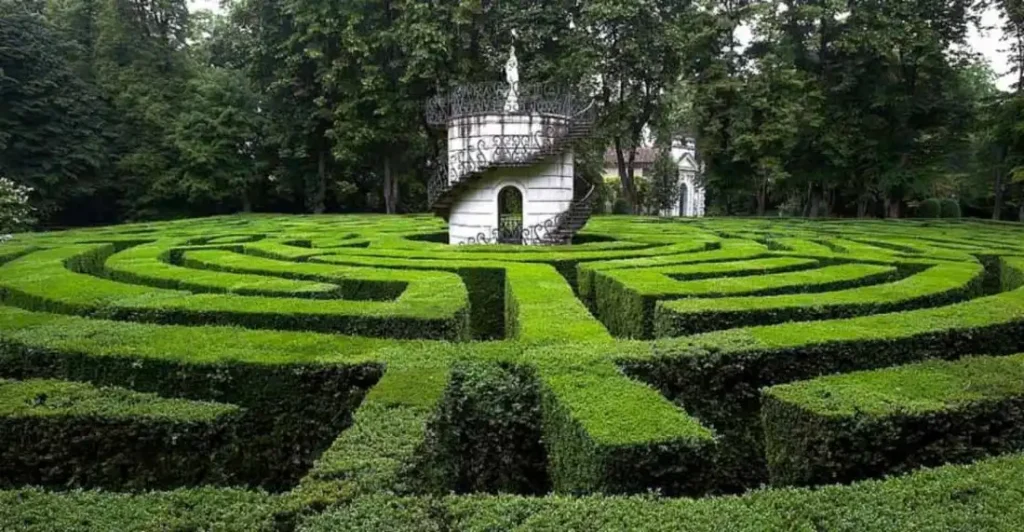
The supporting facilities include:
1. Baroque-style villa (Displaying furniture from the Napoleonic period)
2. Canal cruise (sailing along historical irrigation waterways)
3. Maze-themed Exhibition Hall (Displaying gardening tools from the 18th century)
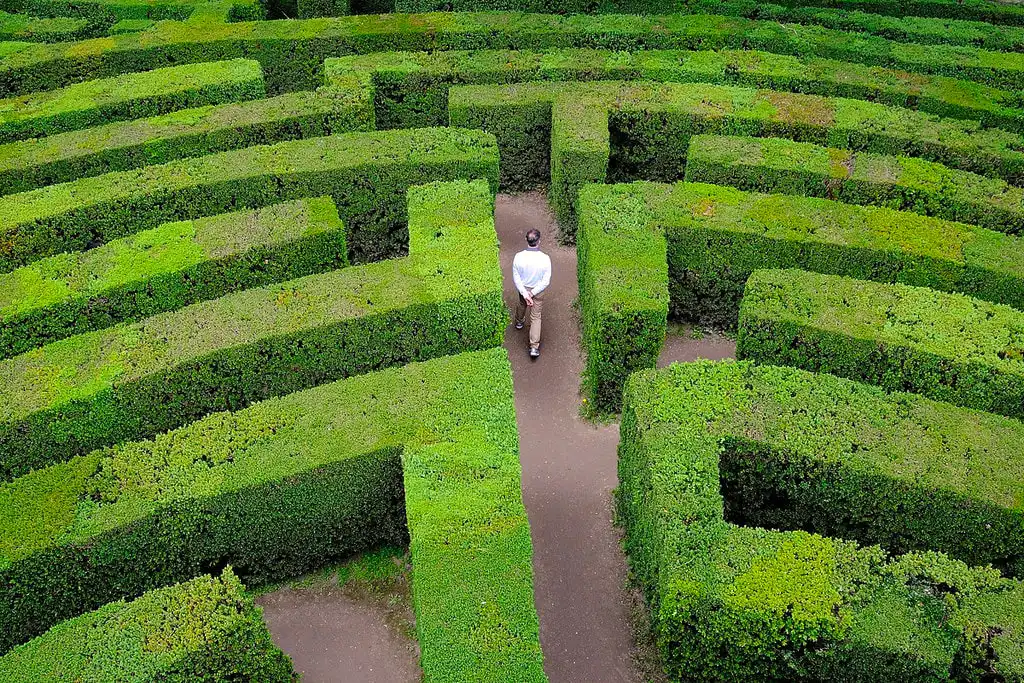
Special services
1. Historical guided Tour (Multilingual explanations available at 10:00 every day)
2. Moonlight Maze (Open until 22:00 every Friday from July to August)
3. Spring Gardening Class (Classical hedge pruning techniques taught from March to May)
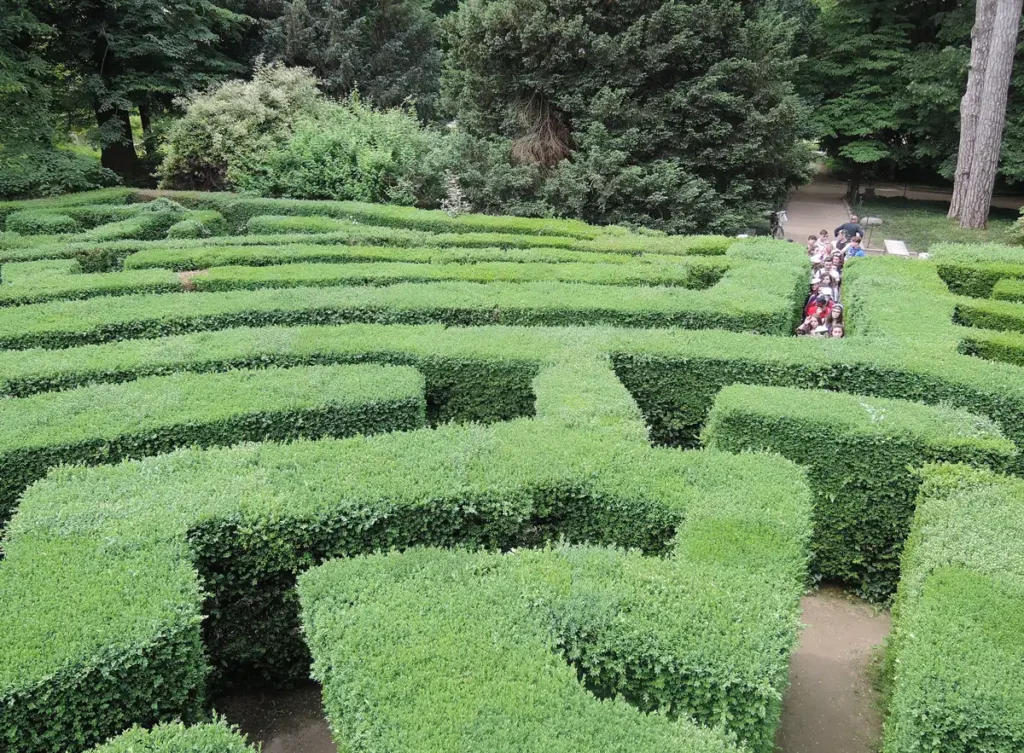
This maze was recognized by Guinness World Records in 2003 as “the most complex hedge maze in Europe”, and its boxwood hedges have been growing continuously for 280 years. The villa garden preserves the largest existing Baroque fountain complex in Italy. On the north side of the maze, there is an 18th-century plant specimen area, where 600 kinds of medicinal plants are cultivated. Statistics show that international tourists account for 74%, and the repeat visit rate is approximately 19%.
This post is also available in Afrikaans, Azərbaycan dili, Bahasa Indonesia, Bahasa Melayu, Basa Jawa, Bosanski, Català, Cymraeg, Dansk, Deutsch, Eesti, Español, Esperanto, Euskara, Français, Frysk, Galego, Gàidhlig, Hrvatski, Italiano, Kiswahili, Latviešu valoda, Lietuvių kalba, Magyar, Nederlands, O'zbekcha, Polski, Português, Română, Shqip, Slovenčina, Slovenščina, Suomi, Svenska, Tagalog, Tiếng Việt, Türkçe, Íslenska, Čeština, Ελληνικά, Беларуская мова, Български, Кыргызча, Македонски јазик, Монгол, Русский, Српски језик, Татар теле, Українська, Қазақ тілі, Հայերեն, עברית, ئۇيغۇرچە, اردو, العربية, سنڌي, فارسی, كوردی, پښتو, नेपाली, मराठी, हिन्दी, অসমীয়া, বাংলা, ਪੰਜਾਬੀ, ગુજરાતી, தமிழ், తెలుగు, ಕನ್ನಡ, മലയാളം, සිංහල, ไทย, ພາສາລາວ, ဗမာစာ, ქართული, አማርኛ, ភាសាខ្មែរ, 日本語, 简体中文, 繁体中文 and 한국어.
